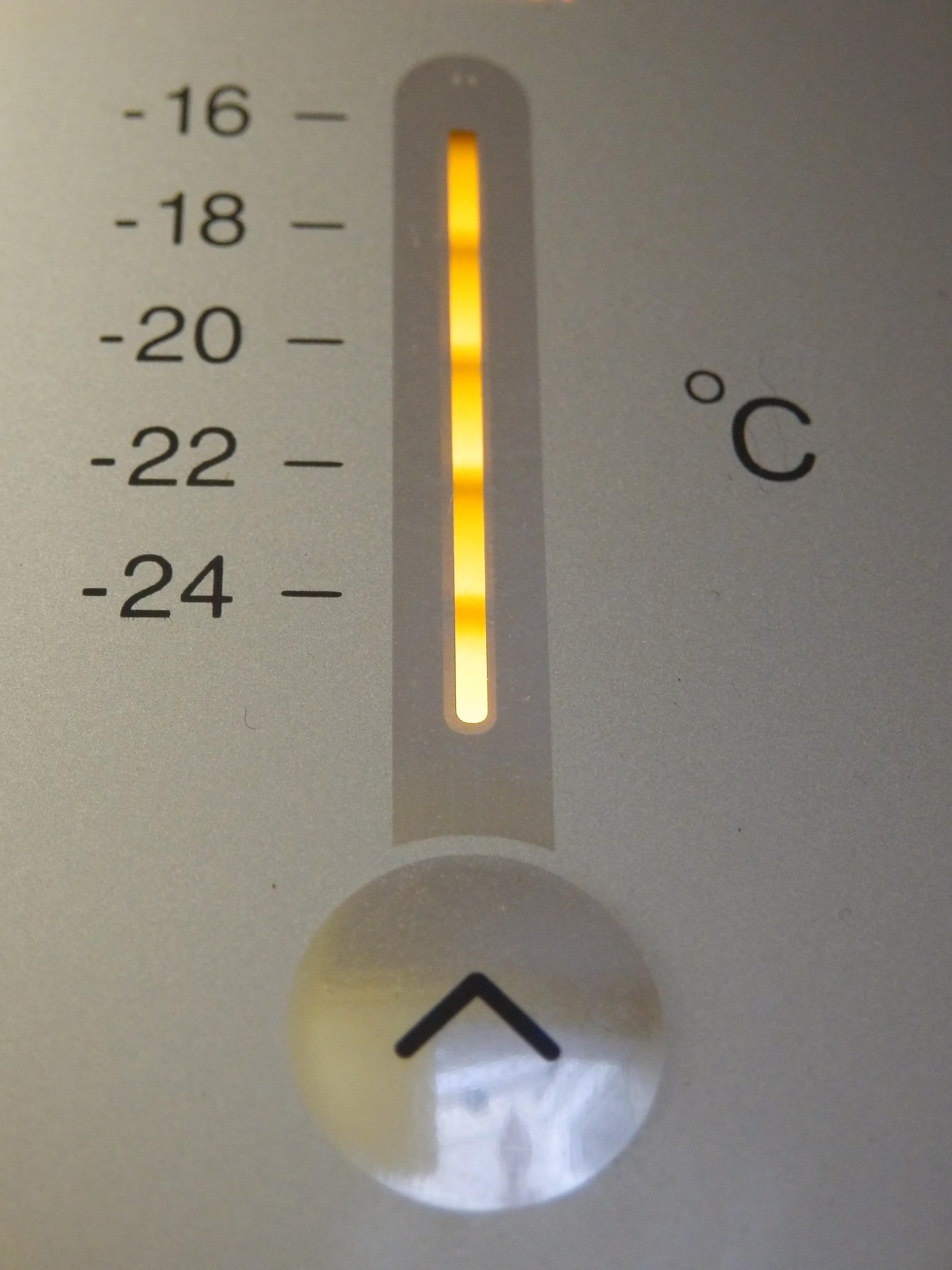By Rob Hanus
Today, we think of food storage in terms of freeze-dried, dehydrated and bulk grains. Some of us are even making the move back to canning our own food as a way of increasing our food storage, just as our grandparents and great grandparents did. However, the deep freezer is also one of the items that our grandparents and great-grandparents probably considered to be a necessity for their food storage. Back in their day, the refrigerator and freezer were looked upon as modern conveniences. Prior to that, they used ice boxes and would have ice delivered to replace what melted. The advent of the electric freezer heralded a new convenience for the family.
Keeping food cold reduces how fast it spoils, and freezing has proven to be a very effective way of storing food for long periods of time. My family has personally eaten meat (beef, pork, turkey and chicken) that had been frozen seven years. Not only did it still look and smell like fresh, once defrosted, but you also couldn’t taste any difference. The secret, though, is making sure your food is processed as little as possible and that it is properly packaged, and very deeply frozen.
In order to get a good deep freeze, your freezer needs to be, at least, minus 20 degrees Fahrenheit (-20˚F). Colder is better, and there are freezers out there that will go lower, but you have to decide if it’s worth the cost. The two deep freezers we have both get down to -20 degrees F.
Prepare your food into “meal sized” portions – that which you typically would consume in a typical meal – and vacuum seal these portions. Make sure to label and date each package of meat (which is, ideally, right after you bought it). You can also freeze vegetables and fruit, in much the same way.
The secret to proper freezing is to remove as much air as possible. Freezing actually dehydrates the food, and it’s this dehydration process that causes freezer burn. When you remove the air surrounding food, the food doesn’t dehydrate and it retains its “freshness” far longer.
As would be expected, you’re going to get the coldest temperatures at the bottom of the freezer. This is where you should pack your long term freezer food storage. Pack it into the bottom two-thirds of the freezer, and use the top one-third of the freezer for the frozen foods you use on a regular basis.
Whole foods freeze better than processed foods. Deli meat, sliced bacon and hamburger doesn’t store nearly as well or should be eaten in a short amount of time. Some cheeses seem to freeze better than others but the ones we’ve tried go through a texture change. While they are still usable and taste the same, they crumble more readily than they did before freezing. We’ve used hard cheeses like cheddar that were frozen for 7 years and they didn’t seem any different from those that were frozen only a few months.
Rob Hanus is the author of the book “The Preparedness Capability Checklist” which is an easy to read book with the absolute best method for intelligent and deliberate prepping. Rob is also host of the Preparedness Podcast.
You can get the Rob’s book here http://www.thepreparednesspodcast.com/capability-checklist/
and tune into Rob’s podcast here: http://www.thepreparednesspodcast.com/preparedness-podcast/
Marjory Wildcraft is an Expedition Leader and Bioneer Blogger with The [Grow] Network, which is an online community that recognizes the wisdom of “homegrown food on every table.” Marjory has been featured as an expert on sustainable living by National Geographic, she is a speaker at Mother Earth News fairs, and is a returning guest on Coast to Coast AM. She is an author of several books, but is best known for her “Grow Your Own Groceries” video series, which is used by more than 300,000 homesteaders, survivalists, universities, and missionary organizations around the world.








COMMENTS(0)
Great article! A couple of tricks that I have used for better results. When freezing fresh fish, coat them or encase them in water. The fish stay fresh much longer and retain more of their flavor. When freezing meat, wrap the meat in plastic wrap. This keeps the moisture inside and you don’t get freezer burn for a long time!
People mistakenly believe that freezer burn ruins the food. While freezer burn affects the texture and appearance, the food is still fine to eat.
Oh, good to know.
thanks chuck